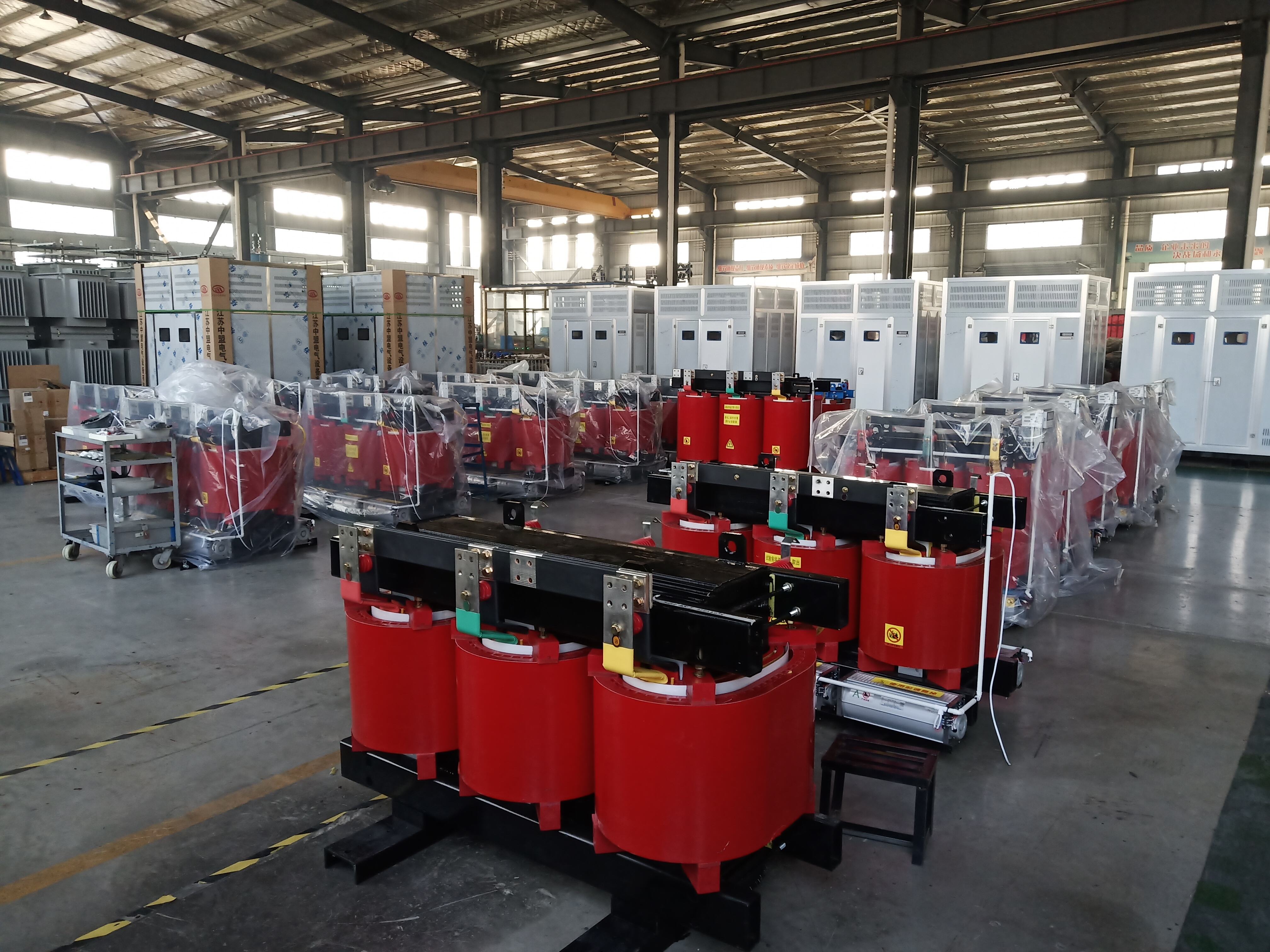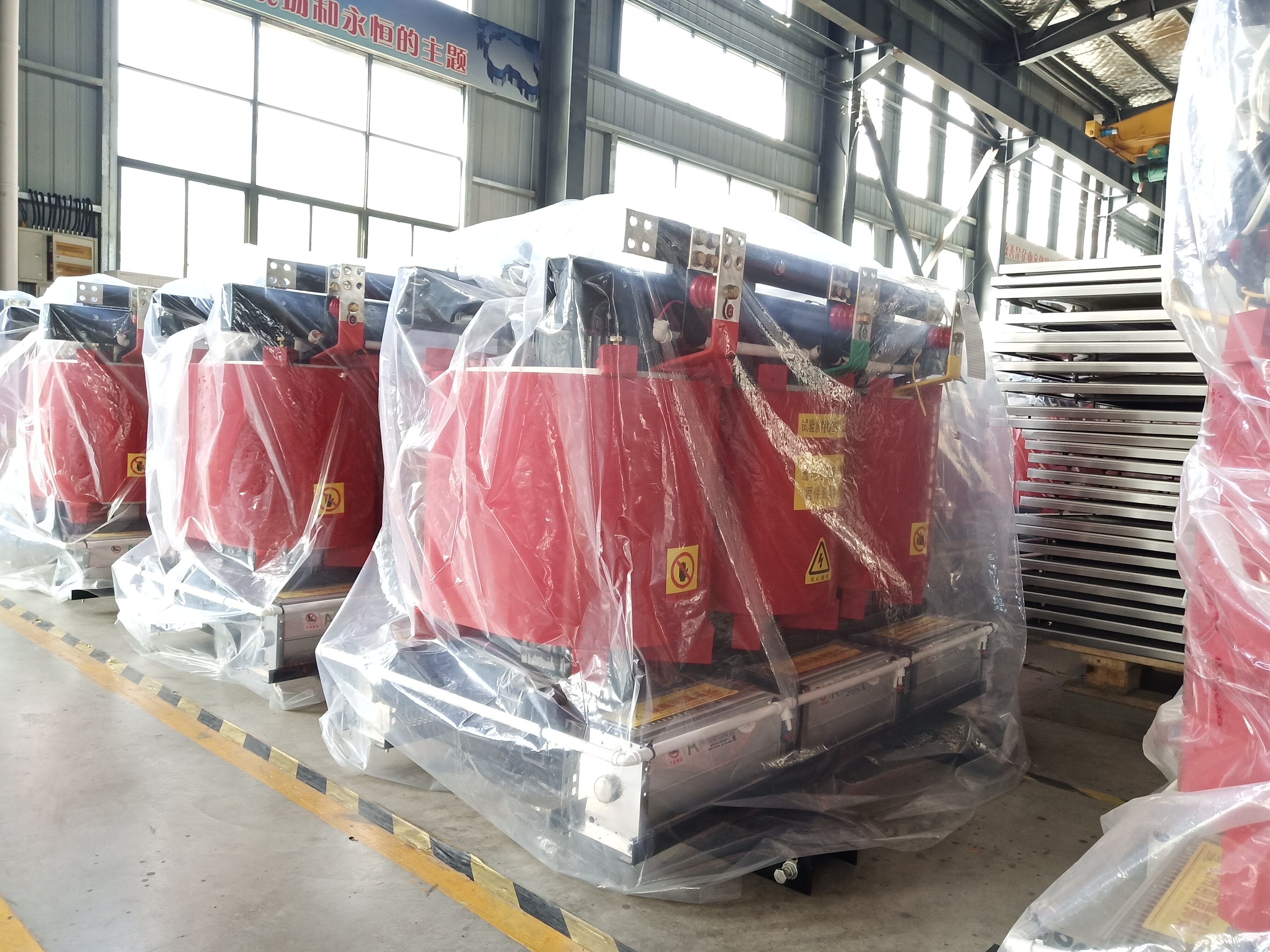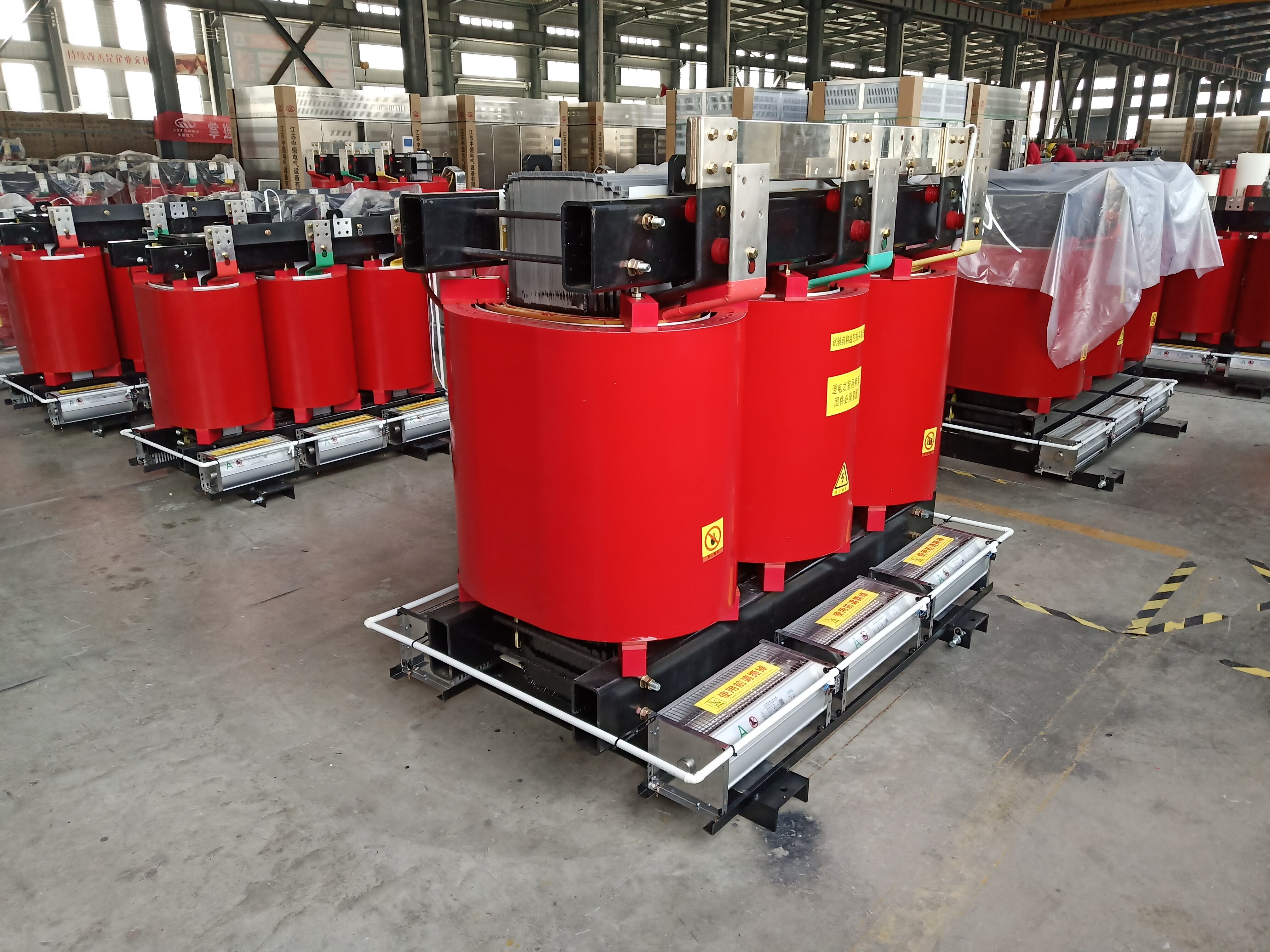amorphous core type distribution transformer
An amorphous core type distribution transformer represents a significant advancement in power distribution technology, utilizing a specialized metallic glass core material that fundamentally transforms energy efficiency in power distribution systems. This innovative transformer design features a core composed of amorphous metal alloys, which are characterized by their non-crystalline atomic structure, resulting in significantly reduced core losses compared to traditional silicon steel cores. The transformer efficiently manages voltage conversion while maintaining exceptional performance across varying load conditions. The amorphous core's unique molecular structure enables rapid magnetization and demagnetization, leading to minimal hysteresis losses and improved overall efficiency. These transformers typically operate at frequencies between 50-60 Hz and are available in various power ratings suitable for different distribution needs. The design incorporates advanced cooling systems and robust insulation materials to ensure reliable operation under diverse environmental conditions. Their application spans across utility power distribution networks, industrial facilities, renewable energy integration systems, and commercial buildings where energy efficiency is paramount. The transformer's construction also includes features for enhanced protection against electrical surges and mechanical stress, ensuring long-term reliability and reduced maintenance requirements.


